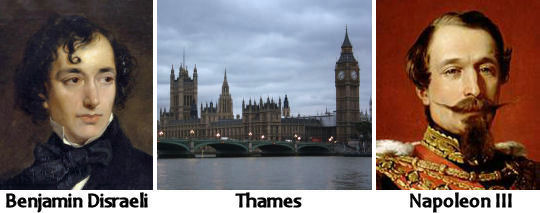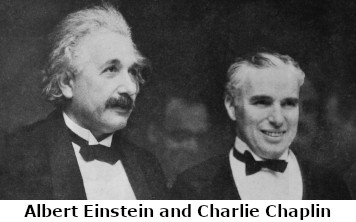Indira Gandhi? Dwight Morrow? Harold Nicolson? Father Kemper? Motilal Nehru? Anonymous?
Question for Quote Investigator: Indira Gandhi was the powerful Prime Minister of India for more than fifteen years. I have heard the following words which combine the serious and the comical attributed to her:
There are two kinds of people, those who do the work and those who take the credit. Try to be in the first group; there is less competition there.
When I checked Wikiquote the statement was listed in a section called “Unsourced”. Could you ascertain whether Indira Gandhi spoke these words?
Reply from Quote Investigator: There is good evidence that Indira Gandhi did mention a version of this advice, but she stated that she first heard it from her grandfather Motilal Nehru. The details are given further below.
Interestingly, the earliest evidence known to QI appeared in the 1935 biography of a businessman and diplomat named Dwight Morrow. His life history was written by a British diplomat named Harold Nicolson, and it presented guidance that Morrow gave to his son. Boldface has been added to excerpts:1
“The world,” he once wrote to his son, “is divided into people who do things and people who get the credit. Try, if you can, to belong to the first class. There’s far less competition.”
In May 1947 “The Rotarian” magazine reprinted the advice and credited Morrow:2
The late Dwight Morrow must have had this in mind when he wrote to his son:
“The world is divided into people who do things and people who get the credit. Try, if you can, to belong to the former. There’s far less competition.”
The next earliest evidence located by QI was published in a Texas newspaper in December 1947. A Catholic priest named Father Kemper was exhorting his parishioners to participate in an election to choose the officers of a religious club. He credited the counsel to “some philosopher”:3
Let’s see if the voice of the people is the supreme law! Or is it the small active minority who do things in a democracy? Some philosopher divided mankind into two divisions; those who accomplish things, and those who take the credit. His advice is to join the former group, since there is less competition.
In 1959 Indira Gandhi became President of the Indian National Congress political party. The Times of India newspaper published an article with a quotation in which Gandhi recounted the instruction she received from her grandfather:4
Some years ago, she recalled what Pandit Motilal Nehru once told her: “There are two kinds of people, those who do the work, and those who take the credit. Belong to the first category, since not only do things get balanced, but there is much less competition.”
Here are additional selected citations in chronological order.
Continue reading “Quote Origin: There Are Two Kinds of People, Those Who Do the Work and Those Who Take the Credit”

